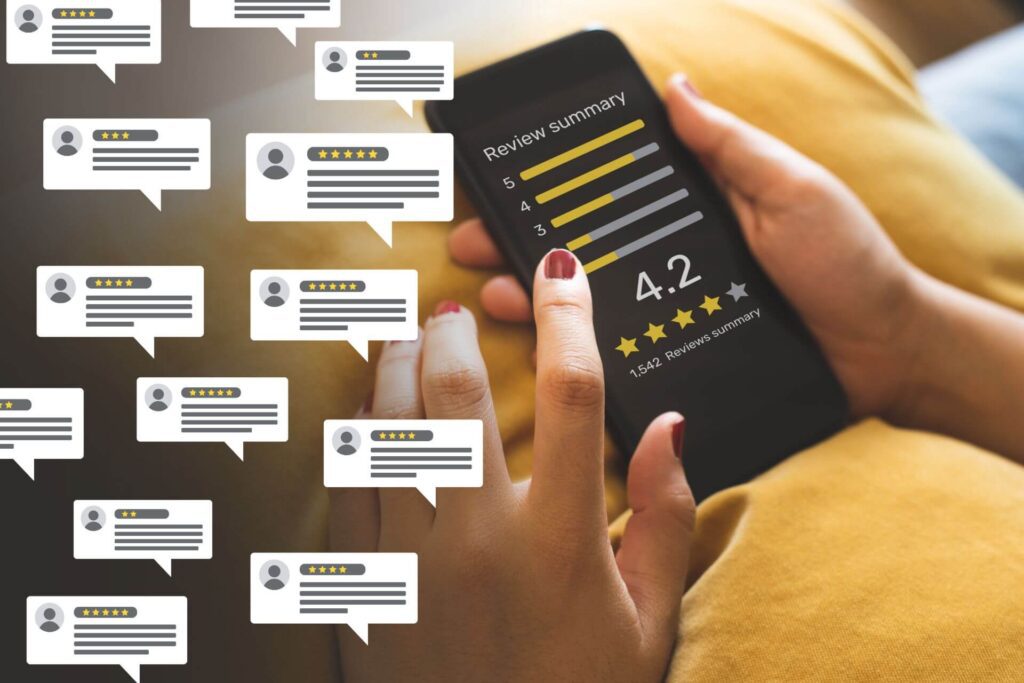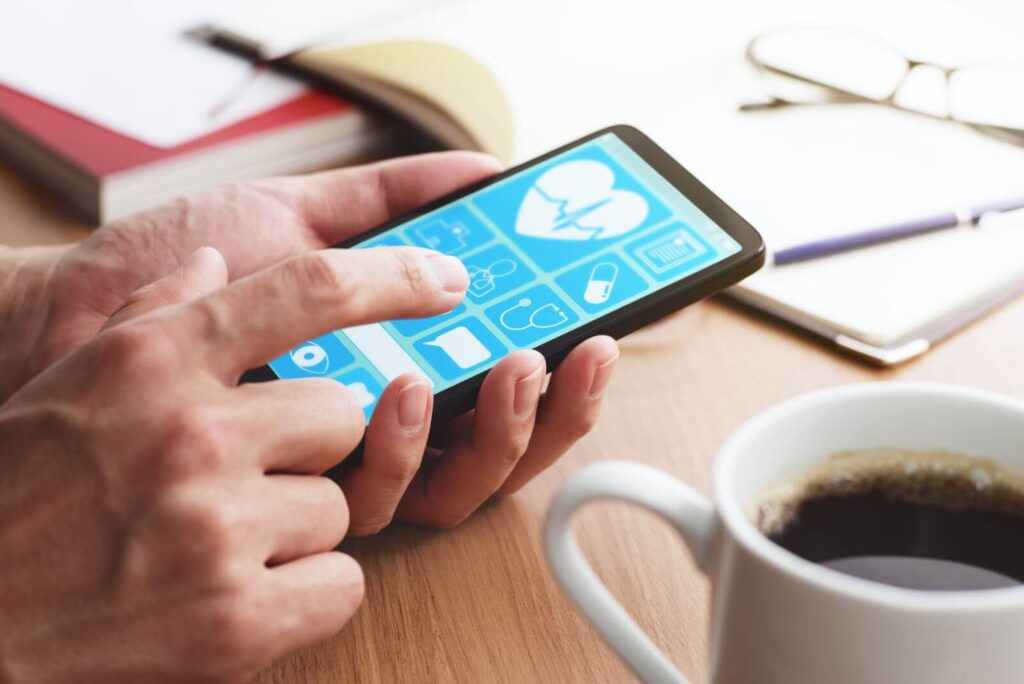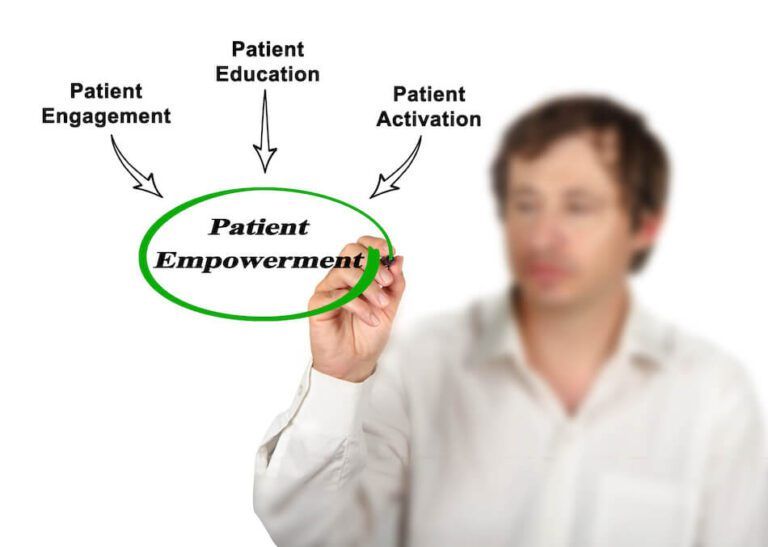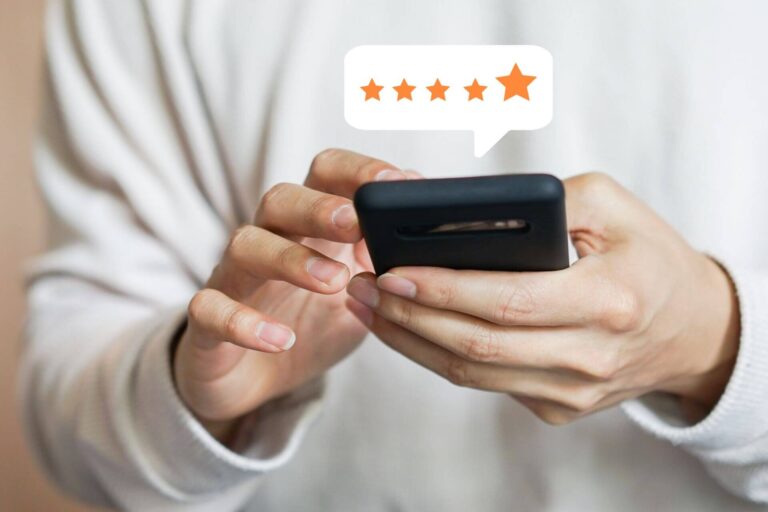Rapport matters. Successful healthcare relies on building strong relationships with patients. Otherwise, why would a patient stick with their treatment plan or even with their provider?
Without good relations, patients can miss appointments and inadvertently undermine treatment protocols. Ultimately, poor communication and a lack of information adversely affects patient care and health outcomes. It also damages reputation and impacts retention.
Keeping patients satisfied with the care they receive and on track with treatment plans is central to a healthy patient-provider relationship. This requires good communication.
The increased adoption of text messaging as a main form of communication brings with it an exciting opportunity to improve how providers keep in touch with patients.
Here’s how texting is improving relationships in healthcare.
People prefer texting to talking

SMS marketing statistics show that 9 out of 10 consumers prefer to communicate with businesses through text messages. And more than 50% of consumers would prefer text messaging over phone calls for customer support. Those consumers are no different when it comes to healthcare.
The simple fact is, people prefer texting to talking, whether that be with a utility company, retail outlet or healthcare provider.
People respond quicker too. And texting reduces stress and anxiety when compared with making phone calls. There is less pressure for an immediate response. With texts, people have more time to digest information and plan out responses. Also, discussing healthcare information is a private matter. Receiving a call in a non-private space can be uncomfortable, even if that call is simply to confirm or reschedule an appointment. Texts mean the recipient can read and reply to messages at a time that is convenient to them.
Communication tools that help a patient feel more at ease contribute to the improvement of the patient-provider relationship.
Connecting with millennials
America’s largest demographic is the millennials (those born between 1981 and 1996). Millennials, above all generations, prefer less intrusive communication channels, like text. Connecting with this demographic is the challenge all businesses, including healthcare organizations, are seeking to overcome. The American Marketing Association warned healthcare providers in 2019 that they needed to rethink their marketing and communication to reach the millennial generation.
CNBC recently reported that 44% of millennials have at least one chronic health condition. Patients of all ages benefit from preventative healthcare, but as this demographic enters middle age, texting will become a vital tool for connecting with and supporting this particular audience.
Texting is fast and concise
Using texts, healthcare providers can communicate with patients fast. Broadcast text messaging, for example, enables healthcare facilities to send bulk communications quickly for specific purposes. This form of communication makes health management, administration (such as appointment reminders), and the marketing and promotion of specific relevant services much easier.
In addition, the messaging in texts is far more concise than in emails making information easier to digest.
For most people, texting takes a much higher priority than emails. And 95% of text messages are opened and responded to within three minutes of being delivered.
Speed of communication matters and this is vital for keeping patients engaged. Texting is efficient, eliminates phone tags and helps to build a more consistent rapport with patients.
Access to care and appointment reminders

Appointment text reminders work. Many patients rely on texts to remind them of upcoming appointments and this communication method lessens the number of no-shows. A study of ophthalmology outpatient appointments found that mobile-phone SMS reminders were associated with a reduction of 38% in the likelihood of patients not attending their appointments.
Supporting patients to keep their appointments is significant for patient compliance and leads to better health outcomes. This is an important piece of the positive patient-provider relationship puzzle.
Access to care can be guided in a timely fashion by text messaging. Phone calls, on the other hand, can put a person on the spot and be off-putting, while emails can languish unopened in inboxes for days.
Text messages can advise patients about delays, reduce wait times, and improve the patient experience.
Building trust via text
Texting in healthcare has been behind the curve when compared to other business sectors, but when the pandemic hit, that position changed significantly. Since COVID-19, text messaging in healthcare has exploded and it’s having a positive effect on how patients view their providers.
Trust is perhaps the most important aspect of the patient-provider relationship. Text messaging is being used to build trust, as has been shown during the pandemic.
Since the COVID-19 outbreak, outpatient centers have changed or eliminated waiting rooms and are utilizing technology to maintain patient social distancing, while communicating patient status to family members. SMS messaging has been a key part of this process.
PatientTrak’s Text Messaging, Online Reservation, and Text to Sign-In solutions is prime example of this technology. It creates a virtual waiting room, directs patients to sign-in from outside the facility, and informs them via text when they are ready to be seen.
Texting has enabled providers to continue to build trust with patients, as has been shown in recent times around patient safety.
Gathering feedback

Collecting positive online reviews demonstrates the strength of the patient-provider relationship and is a great way to market healthcare provision to prospective patients. Asking patients to leave an online review is simple via text.
Most importantly, listening to feedback from patients to improve service delivery is an essential aspect of patient-provider relations. Patient experience is, after all, a key driver of loyalty. Patient satisfaction surveys show you are listening and are interested in improving your services. Broadcast text messaging is making the delivery of surveys to patients quicker and easier.
Treatment adherence and patient engagement
Multiple studies have shown that digital mobile health interventions improve patient engagement and adherence to treatment. A meta-analysis that looked at the impact of mobile phone messaging for medication adherence in the treatment of chronic diseases found that text messaging approximately doubles the odds of medication adherence.
Texting is enabling healthcare providers to prompt patients both to take their medication and to renew their prescription.
Strong communication around treatment and medication is an important aspect of the patient-provider relationship. Text messaging now plays a key role in patient engagement and is proving to be highly successful in meeting patient communication needs.
Optimize your text messaging with PatientTrak

Take control of staff, family, and patient communication, feedback, appointment reminders, satisfaction surveys, online reputation management, and more with PatientTrak. Get in touch with our expert team to find out more.






